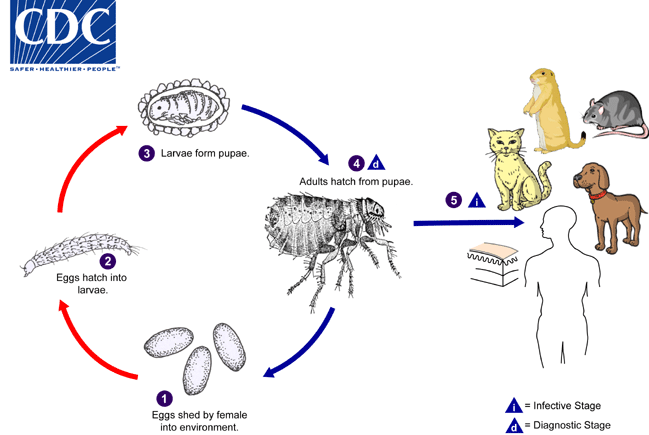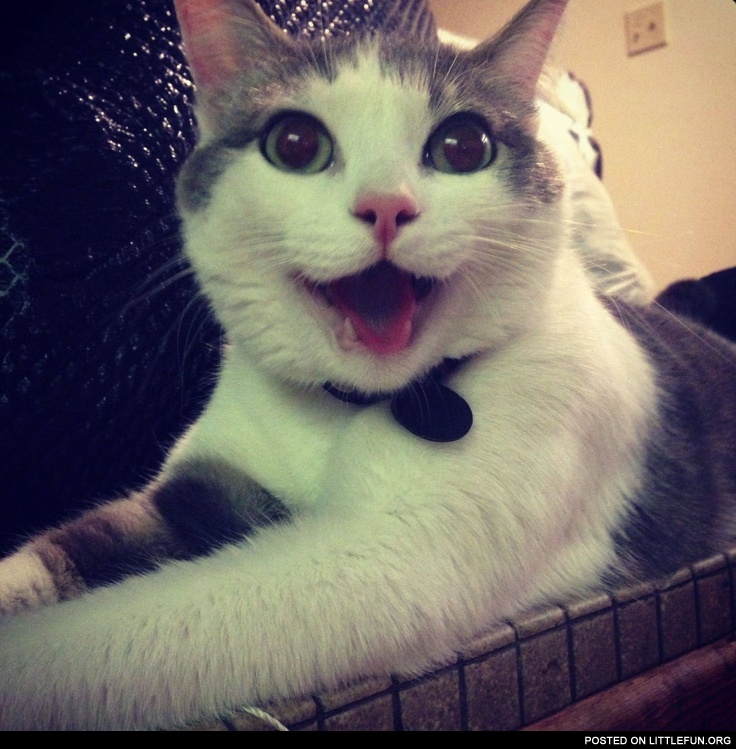West Highland White Terriers or as many call them, Westies, are
well known thanks in part to being the face of Little Cesar’s canned dog food. As
with many terriers, Westies can be head strong and independent, but their
antics can keep you laughing all day long!
Overall Westies tend to be active dogs. They require regular
exercise to help keep their energy in check. Without daily walks they may find
ways to entertain themselves that their owner may not appreciate. Another
commitment will be to regular grooming. These dogs need to visit the groomer
every 4-8 weeks to keep their coat under control.
As far as health concerns, one of the most common is allergies.
The bad news is there is no way to screen for this condition. Just be aware
when getting one of these dogs it is something you may have to manage. Luxating
patellas (where the knee cap is not secure) are also seen in this breed.
Addison’s disease (hypoadrenocorticsm) seems to be prevalent as well. This is a
condition with waxing and waning of symptoms such as vomiting, diarrhea, and
lethargy. While not a medical condition, aggression can also be seen in
Westies. This is the case for many terriers that are not properly socialized.
Getting a head start on puppy training can be very beneficial.
Westies can make excellent pets. They will do best in a
household with an active life style that is willing to be a leader and follow
through with training. It is also important to remember they will require
regular trips to the groomer. If this sounds like a good fit for your family
you should give these dogs a chance! For more information you can see the AKC
website here or Vet Street here.








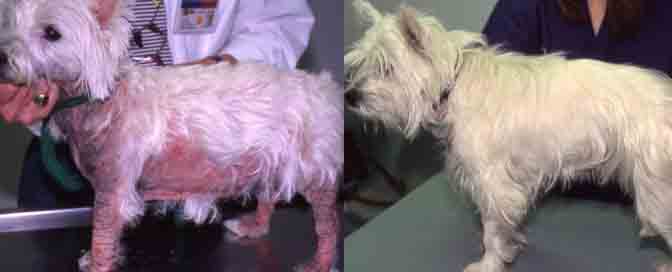

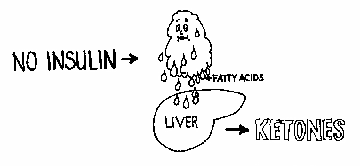


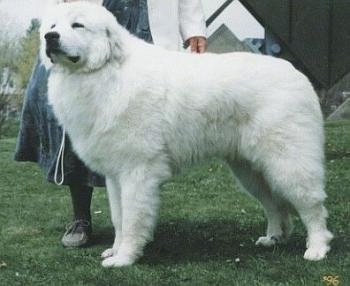







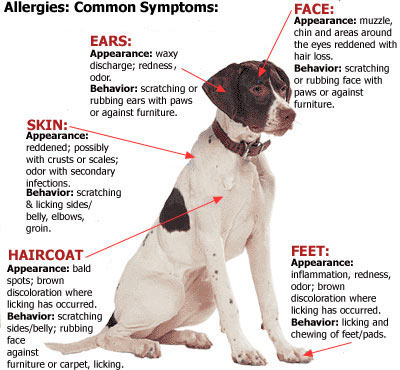





.jpg)






